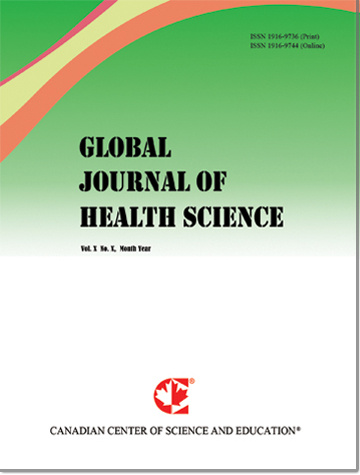Epidemiology and Impact of Occupational Exposure to Bloodborne Pathogens in Healthcare Workers: A Literature Review
- Khalid Dakhelalah Almutairi
- Mansour Balkhyour
- Maged EL-Setouhy
Abstract
Occupational exposure to bloodborne pathogens (BBPs) represents a critical health risk for healthcare workers (HCWs). Pathogens such as hepatitis B virus (HBV), hepatitis C virus (HCV), and human immunodeficiency virus (HIV) constitute major occupational hazards. This review examines the epidemiology, contributing factors, and consequences of BBP exposure among HCWs. A systematic review of peer-reviewed literature using PubMed, Scopus, Web of Science, and Google Scholar databases. We screened articles addressing BBP exposure among HCWs and analyzed relevant studies. The prevalence of BBP exposure varies significantly across regions, with higher rates observed in resource-limited settings. Contributing factors include insufficient training and limited access to safety-engineered devices and personal protective equipment (PPE) in low- and middle-income countries. BBP exposure results in significant psychological, physical, and economic burdens, contributing to stress and occupational burnout among HCWs. Ensuring stringent occupational safety standards, improving access to protective measures, and fostering safer healthcare environments are essential for mitigating BBP exposure risks. Strengthening global efforts to enhance safety practices can improve the resilience and quality of healthcare systems while protecting HCWs from these occupational hazards.
- Full Text:
 PDF
PDF
- DOI:10.5539/gjhs.v17n1p54
Journal Metrics
- h-index: 88 (The data was calculated based on Google Scholar Citations)
- i10-index: 464
- WJCI (2022): 0.897
- WJCI Impact Factor: 0.306
Index
- Academic Journals Database
- BASE (Bielefeld Academic Search Engine)
- CNKI Scholar
- Copyright Clearance Center
- Elektronische Zeitschriftenbibliothek (EZB)
- Excellence in Research for Australia (ERA)
- Genamics JournalSeek
- GHJournalSearch
- Google Scholar
- Harvard Library
- Index Copernicus
- Jisc Library Hub Discover
- JournalTOCs
- LIVIVO (ZB MED)
- MIAR
- PKP Open Archives Harvester
- Publons
- Qualis/CAPES
- ResearchGate
- ROAD
- SafetyLit
- Scilit
- SHERPA/RoMEO
- Standard Periodical Directory
- Stanford Libraries
- The Keepers Registry
- UCR Library
- UniCat
- UoB Library
- WJCI Report
- WorldCat
- Zeitschriften Daten Bank (ZDB)
Contact
- Erica GreyEditorial Assistant
- gjhs@ccsenet.org
